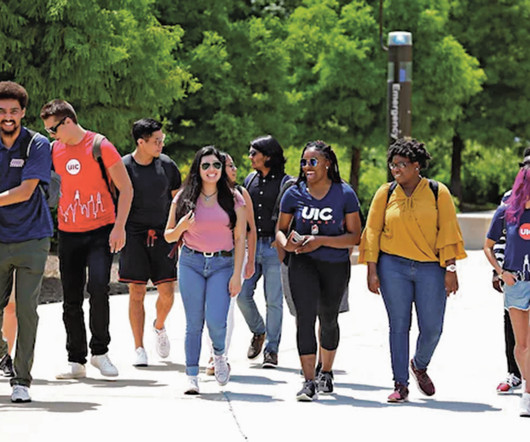AI-Powered Teaching: Practical Tools for Community College Faculty
Faculty Focus
MARCH 30, 2025
Artificial intelligence (AI) has transitioned from a speculative concept to a transformative tool in higher education, particularly within community colleges. Drawing on the scholarship of teaching and learning (SoTL), it argues that AI can enhance accessibility and efficiency while preserving the human essence of education.





















Let's personalize your content